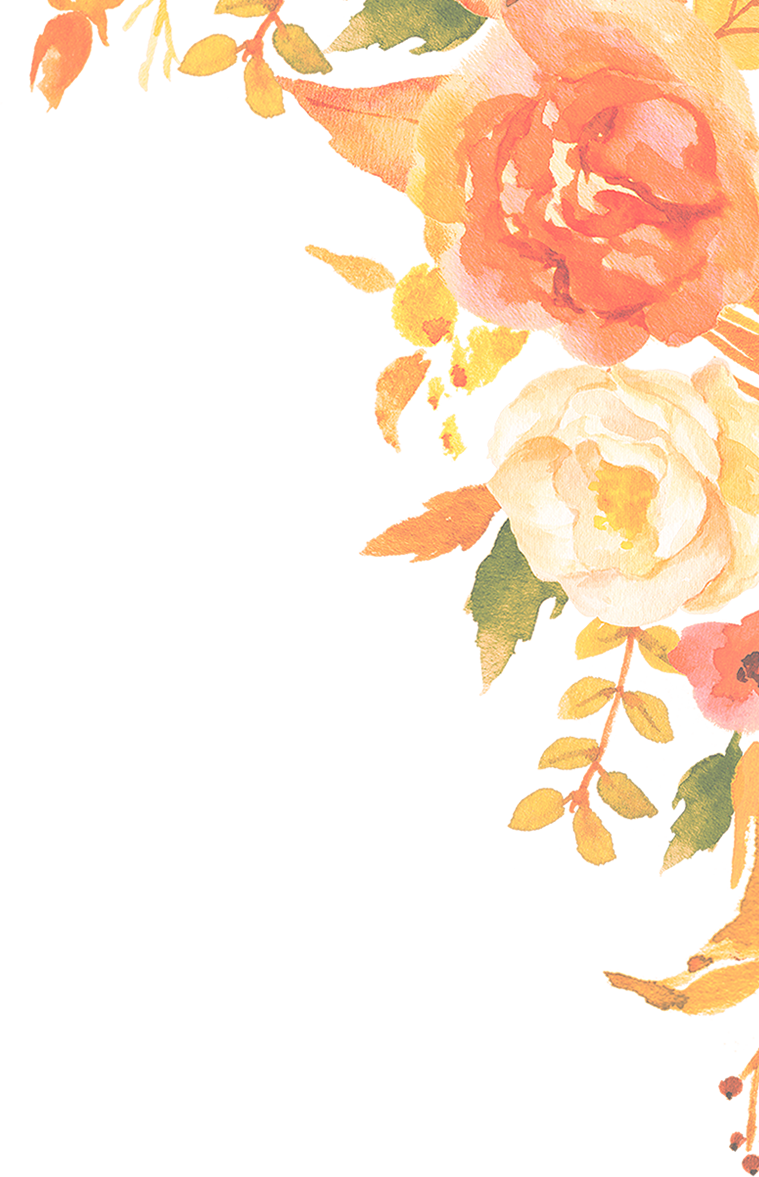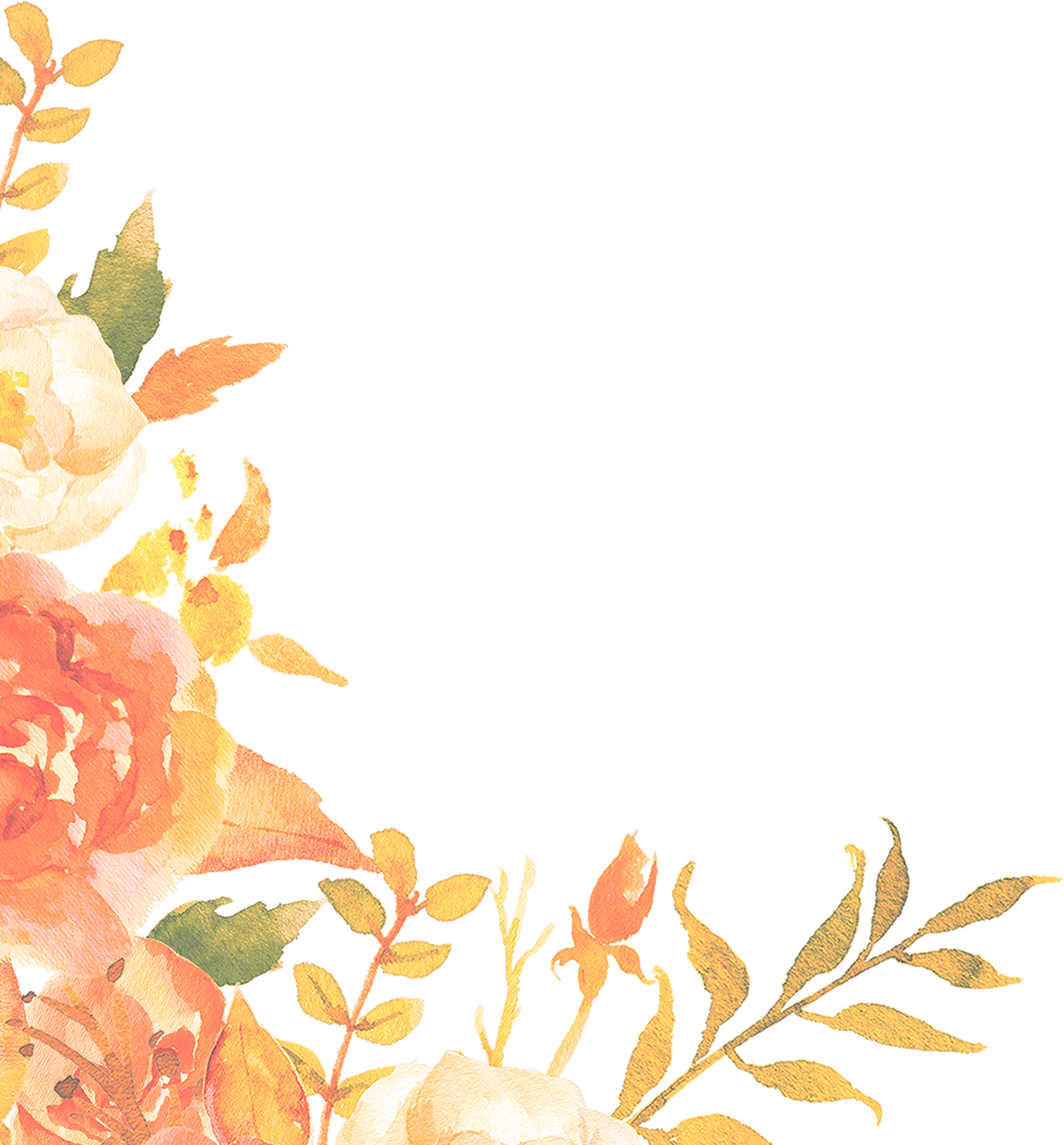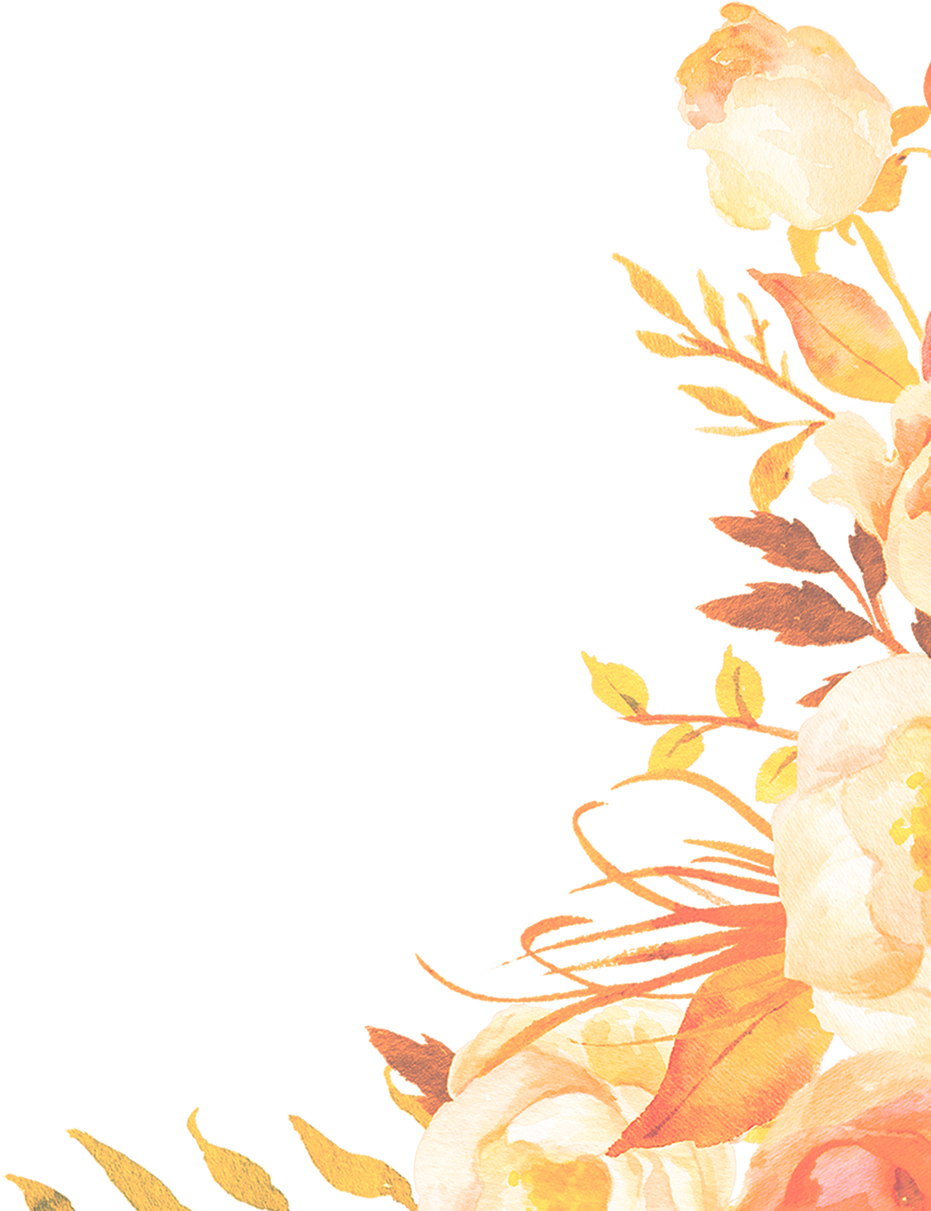



Excellent. It has given me a lot of tools to increase my happiness and an understanding of what makes a happy person. I would very much recommend this course to others.
-PAST CLIENT
Today I’m excited to introduce you to the joy of your own character strengths. Thanks to Martin Seligman and Penn University, you can establish your strengths for free by creating an account on: http://www.authentichappiness.sas.upenn.edu. Allow enough time to do so, as the test contains 240 questions! The questionnaire result will rate your strengths in highest order; and if you are anything like me, there will be some surprises. Seligman recommends to look at the five highest strengths and then ask yourself: “Are these signature strengths?” According to Seligman, we can tell by our reaction to a strength: do we own it, does it ring true, are we excited by and yearning to use it? Will we apply it no matter what? When we do, does it make us feel invigorated and joyful?1 It is important to take time to reflect on the results. Look at your life experiences and let them reveal the truth of the questionnaire’s results. I found this to be a truly heart warming moment. “Yes“, I thought, “this is actually true about me. I am good at this.”
According to Seligman, the notion of character is a core assumption in positive psychology. Not so in mainstream psychology. Seligman writes that even though good or bad character was always a reference point in everyday life, including in child rearing, laws and the way people judged others’ actions, in psychological science character had practically no standing. This, he notes, coincided with the rise of the social sciences, which view bad environments as significant forces that can be unfavourable enough to trump over good character. In time though, psychology began to back down on the view that all our behaviour is learned. Indeed, Seligman points out that character can be inherited, thus it cannot be solely, if at all, explained by environmental factors. And while all this talk of virtues and character can be seen as being prescriptive, Seligman argues that positive psychology simply describes them for their positive and reinforcing consequences.2
In Seligman’s effort to establish character as a thematic in psychology, he enlisted the leadership of Dr Christopher Peterson, a distinguished world authority on hope and optimism. Peterson directed the creation of a measurement and classification system for human strengths. The first task Peterson set the team was to read all basic writings of philosophical traditions and major religions, and list their proclaimed virtues. Seligman writes:
We read Aristotle and Plato, Aquinas and Augustine, the Old Testament and the Talmud, Confucius, Buddha, Lao-Tze, Bushido (the samurai code), the Koran, Benjamin Franklin, and the Upanishads – some two hundred virtue catalogues in all. To our surprise, almost every single one of these traditions flung across three thousand years and the entire face of the earth endorsed six virtues: wisdom and knowledge, courage, love and humanity, justice, temperance, spirituality and transcendence.3
Seligman explains that taken together, these virtues describe the notion of good character. However, he points out that the virtues are too abstract to measure or to build, thus their team broke them down into the routes that achieve these virtues. For example, the virtue of humanity can be achieved through kindness, love, sacrifice, compassion, or philanthropy. Thus these routes became positive psychology’s character strengths.4
According to Seligman, strengths should not be confused with talents. Talents, he stresses, are non-moral, something we are born with and thus innate; they cannot be built, but they can be squandered. Strengths, in contrast, are moral traits; we can build them up even if their condition is not very pronounced in us, and they cannot be squandered. Importantly, whether we apply strengths and virtues in daily life has a lot to do with our free choice.5
One of Tasmania’s pioneering women was Mary Harvey, who evidently had the signature strength of courage. Mary was the wife of a Special Constable stationed at Bicheno during the 1860s. One day her husband was called upon to arrest a couple of men with criminal records, who had absconded from a whaling ship and had disappeared in the bush. Harvey assembled a search party consisting of a couple of constables and a few soldiers, and left to track them down. Shortly after, Mary, who was home alone, received word that a fisherman had seen the escapees walking up the coast. There was no way let her husband know, so she saddled up a horse to chase them herself. She overtook the men, and noticing that they looked weary and half-starved, enticed them to come back with her with the promise of hot tea, bacon and eggs, and fresh bread. The escapees thus followed Mary, filled their bellies, and then let her lock them up without resistance. Special Constable Harvey’s party arrived home empty handed, only to find the escapees fast asleep in the cell house. On another occasion the little family was walking home from a friend’s house, when Harvey spotted a potato thief in the moonlight and decided to pursue him. Mary, hearing a distant struggle, hid her baby under a log fence, picked up a big stick and followed the noise. She found the thief sitting on top of her husband, beating Harvey’s head with a stone. Mary whacked her stick over the thief’s head as hard as she could, and thereby saved her husband. Another time she saved a young man from drowning during a storm. Taking the lead to row a boat out to two young brothers whose little fishing vessel had capsized, she navigated two oarsmen in terrible conditions. One brother had already drowned. On reaching the surviving boy, Mary jumped into the water to balance the overturned boat so the oarsmen could lift him out. They then struggled for some time to get back to shore.
Mary could have stayed home or sat by the wayside. But why would she? If you have a character strength, nothing is going to make you feel quite as good as using it. And this is all the advice I will give you today; to look at your five top character strengths. Own them. And now take them out into the world and use them wherever you can. Try to find work that allows you to apply them. If that’s not possible, bless the world with them in your free time. Seligman argues that if you do this, you will have a meaningful life.6
© Natalie Lydia Barker 2015
Notes
No Comments